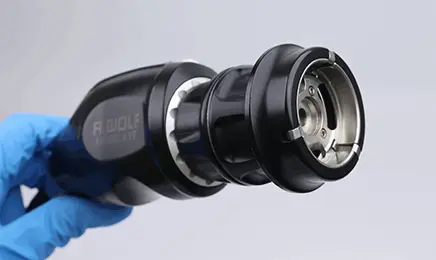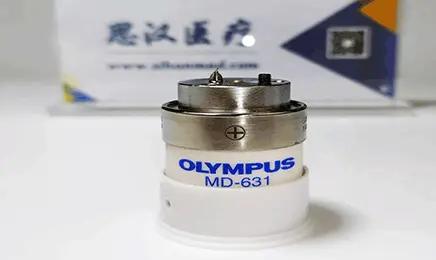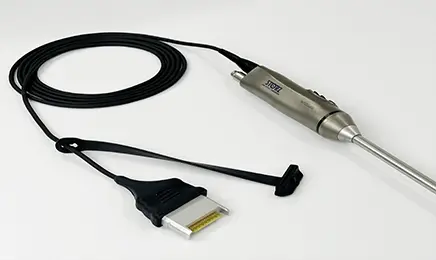Tel: +86-19906868508
E-mail: info@sihanmed.com
Tel: +86-19906868508
E-mail: info@sihanmed.com
An endoscope repair technician plays a crucial role in maintaining the functionality and longevity of endoscopic equipment. Their core responsibilities include diagnostics, troubleshooting, and component-level repairs. By meticulously diagnosing issues, technicians can identify the root causes of malfunctions, whether they stem from optical, mechanical, or electronic components. Troubleshooting involves systematically isolating problems, often using specialized tools and software. Component-level repairs, which may include replacing damaged lenses, repairing insertion tubes, or recalibrating imaging systems, ensure that the endoscopes are restored to optimal performance. Through these detailed processes, technicians help minimize downtime and extend the lifespan of the equipment, ultimately supporting the efficiency of medical facilities.
Becoming an endoscope repair technician requires specialized training and certification. Technicians typically undergo rigorous training programs that cover the intricacies of endoscopic systems, including their optical, mechanical, and electronic components. Certification from recognized bodies, such as the International Association of Healthcare Central Service Materiel Management (IAHCSMM) or the Certified Biomedical Equipment Technician (CBET) program, validates their expertise and adherence to industry standards. Continuous education is also essential, as it keeps technicians updated on the latest advancements and repair techniques. By ensuring that technicians are well-trained and certified, medical endoscope manufacturers and service providers can guarantee high-quality repairs and reliable service.
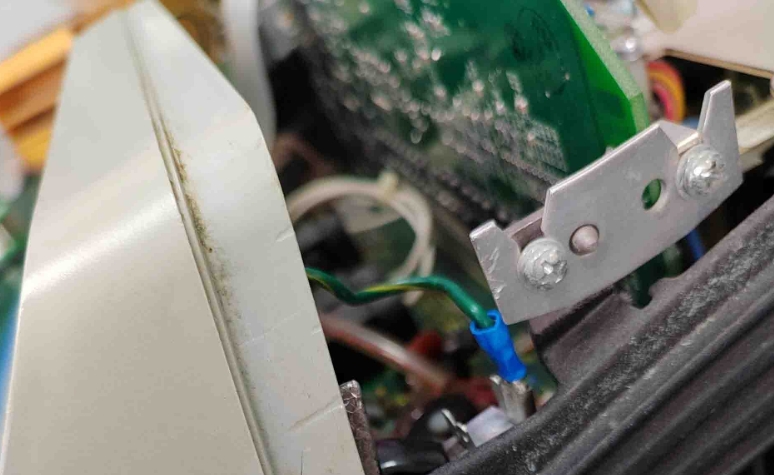
Endoscopes, being complex medical devices, are prone to various failure modes. Common issues include image distortion, fluid invasion, and mechanical damage to the insertion tube. Cost-effective repair strategies involve a combination of preventive maintenance and targeted repairs. Preventive maintenance, such as regular cleaning and inspection, can identify potential issues before they escalate. For instance, early detection of minor abrasions on the insertion tube can prevent more severe damage. Targeted repairs, focusing on specific components like the light guide or the control body, can restore functionality without the need for complete replacement. By implementing these strategies, facilities can reduce repair costs and extend the operational life of their endoscopes.
For high-volume medical facilities, turnaround time and service-level agreements (SLAs) are critical factors in endoscope repair services. Quick turnaround times ensure that endoscopes are returned to service promptly, minimizing disruption to medical procedures. SLAs, which outline the expected service timelines and quality standards, provide a framework for accountability and performance measurement. Effective SLAs often include provisions for expedited repairs, regular status updates, and performance guarantees. By adhering to these agreements, repair service providers can meet the demanding needs of high-volume facilities, ensuring that endoscopic equipment is always ready for use.
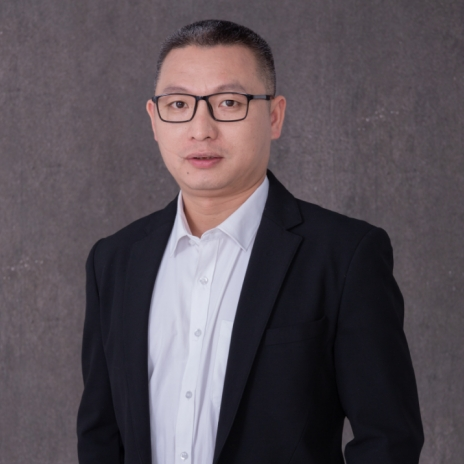
With years of dedication to the medical equipment industry, Shengjun He has leveraged his solid professional expertise and keen insight into industry trends to establish Sihan Medical as a leading force in the endoscope repair sector. Prior to founding Sihan Medical, he accumulated extensive experience in medical device maintenance—a foundation that proved instrumental for his entrepreneurial journey. His background spans hands-on equipment repair, technical R&D, and management, granting him comprehensive understanding of medical devices, from their underlying technology to market demands.
